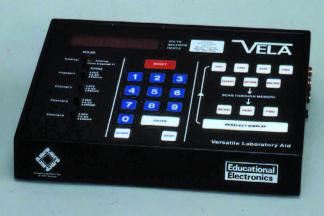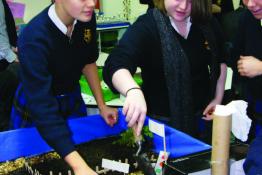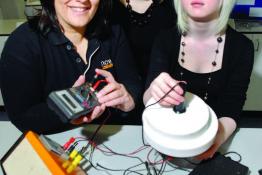Microelectronics in education
Issue 340 | Page 101 | Published Mar 2011
Description
The six characteristic features of microelectronic components are then defined. The UK prime minister Jim Callaghan's address to the nation in 1978 led to early initiatives in education by the BBC, the Department of Industry and the Department of Education and Science. The latter's Microelectronics Development Programme of 1979 and the responses from the ASE, CLEAPSE and the National Technology Forum are then reviewed. The reactions of the manufacturers to these developments, including the VELA episode, are discussed. The Microelectronics Education Programme of 1980 led to many developments during that decade. This article reviews what became of these early initiatives, how the science curriculum has incorporated computer technology and how microelectronics has pervaded so many areas of our lives, and the likely future of this technology, including the promise of nanotechnology.
More from this issue
A simple GCSE biology project recently carried out by a class of 15-year-olds at Wellington College in Berkshire evolved into a successful tool...
Student teachers become STEM Ambassadors in a scheme that benefits both the school pupils and the students.



